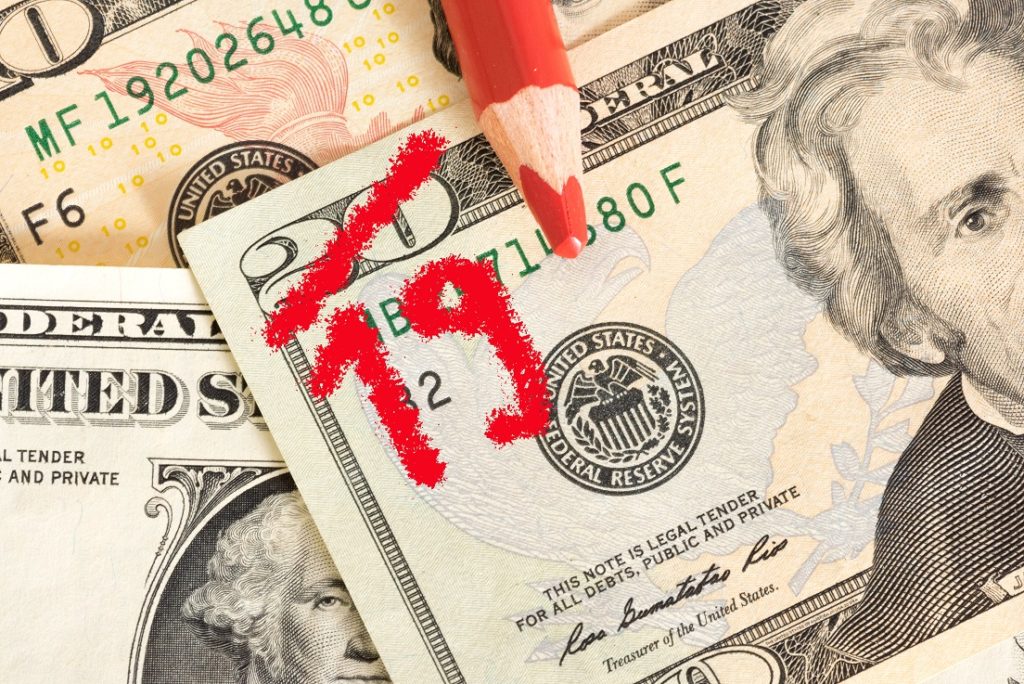Variety of articles are pointing towards higher inflation on the horizon. An increasing number of articles I’ve seen point towards inflationary expectations getting built into thought process of consumers and companies.
Articles for your consideration:
- Kraft Heinz product line will see an average of 5% increase at the start of 2022.
- Many companies are planning large raises in 2022, averaging 3.8% in one survey.
- Background article by AP speculates high inflation will continue well into 2023. Other articles are providing similar speculation.
Post-Millennial – 11/9/21 – Kraft Heinz to raise prices of products up to 20% – Average price increases by Kraft Heinz for the entire product line will average 5% starting 1/9/22. Specific product lines will see dramatic increases, such as 16% for Jello and puddings, 10% for Bagel Bites, with the headliner of 20% being Mac & Cheese.
Reasons cited include “strong demand, supply constraints, and uncertainty.” Public comments by representatives indicators inflation across the board throughout the industry.
Wall Street Journal – 12/7/21 – Companies Plan Big Raises for Workers in 2022 – Survey by the Conference Board indicates employers are planning overall increase in wages and salaries of 3.8% in 2022. This is getting built into budgets for the year. Ripple effect is those employers will be seeking to raise prices to their customers to offset the overall increase.
Respondents indicating this will be across the entire employee base, with increases in minimum, median, and maximum points.
Article separately covers the hints dropped by the FED chairman that the Federal Reserve is just thinking about possibly, maybe cutting back their bond purchases a little earlier than they had otherwise planned. Perhaps. The hesitant phrasing is how the Federal Reserve communicates their plans. They drop hints weeks or months in advance in order to avoid surprising the market. A hint that the bond buying may end perhaps, maybe in March instead of a previously announced date of probably, most likely, June can be factored into investment decisions, purchasing plans, and even stock and bond prices. Lenders can make lending decisions knowing that interest rates are probably going up somewhere around March instead of somewhere around June.
Pumping somewhere around $100 or $150 billion of liquidity into the market keeps interest rates low and essentially mainlines sugar into the economy, keeping it stimulated. That is also driving inflation.
AP-11/11/21 – Explainer: Why US inflation is so high, and when it may ease – Lots of background articles are appearing on the inflation rate. There’s lots of speculation how long we’ll see this elevated run-up in costs. This article is one example.
Background offered here is heavy demand from consumers and supply chain crunches along with staffing shortages will keep inflation running high. Speculation in the article is we will see high inflation rates until well into 2022.
One economist used as source for several consecutive paragraphs indicates extraordinarily high level of federal spending has overstimulated economy.
Gee, ya’ think?
Citing several specific price changes in the last year, such as bacon, eggs, gasoline, durable appliances, and used cars, the article makes the point that this is a very broad-based rise in prices.
Article also points out that average hourly wages did not go up as much as inflation in the 12 months through October 2021, which means there was an overall 1.2% decline in earnings after inflation compared to a year earlier. An average worker’s income dropped 1.2%.
Speculation in this article is we will not see a return to the stagflation of the 1970s. I do hope we won’t have to relive that disaster.
There are lots of articles like this.
